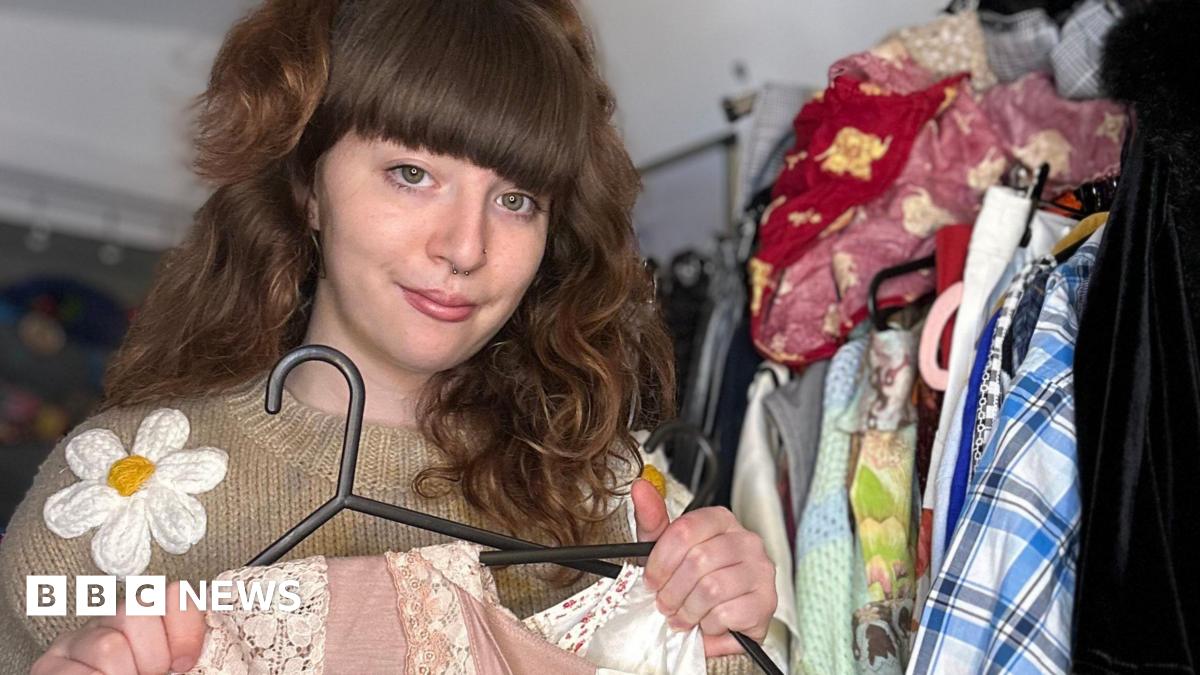Consumers falling out of love with luxury – survey

Published
January 13, 2025
It may seem that politics and the luxury fashion sector don’t necessarily have a lot in common but a new survey shows that just as we’re seeing many consumers falling out of love with traditional politics, the same is happening to luxe fashion.
A new survey suggests that brands — like many politicians — are somewhat out of touch with what consumers want and what they think of them.
Who says so? Vogue Business spoke to 1,000 of its own readers as well as those of sister publications Vogue and GQ in the UK and US in response to Bain figures showing the luxury industry lost around 50 million customers in 2024.
And rising prices seem to be a bugbear with consumers citing price reductions as the top action to win them over.
Older consumers seem particularly turned off. But while those under 35 are shopping more for luxury than those above that age, those younger shoppers are seeking their luxury fix through channels like resale or sample sales.
And the survey showed sentiment towards luxury brands being “relatively negative” with calls from consumers for improved quality. That latter issue is particularly worrying given that one of the excuses for high prices is high quality.
The survey showed 77% of consumers noting high prices than just a year ago, with 37% saying it means they shop for luxury fashion less now, and two-thirds waiting for discounts before they buy.
Some 41% of those cutting their luxury spend feel they’re no longer getting good value.
And survey respondents who were concerned about quality said that they think quality has declined even as prices have risen. That’s one of the reasons for secondhand getting a boost as older items are seem as better quality.
The survey also found consumers buying into the ‘lipstick effect’ — that is, still buying luxury but making smaller purchases such as beauty items or sunglasses. In fact, 41% of respondents said their small-item luxury spend has been stable in the past year. And 31% have actually increased spending here, especially those under 35 (some 44%).
While a third of younger consumers say they’ve increased their luxury fashion spend in the past year (compared to just over a fifth of older consumers), as mentioned, they’re not buying at full price.
Some 28% have been buying at sample or archive sales and an even bigger 52% have bought secondhand. For the over-35s, the percentages are just 11% and 40%, respectively.
But 46% of all age groups are more interested in buying secondhand than they were this time last year, with affordability the top reason.
The survey also showed under-35s are more likely to shop for luxury when travelling abroad. That’s worrying for the UK luxury sector given the removal of the VAT-free shopping perk for visitors. Those US consumers could well prefer to buy their luxury goods in mainland Europe and it also means UK consumers may be saving some of their cash to spend there too, instead of at home.
As mentioned, ethical concerns also come into the equation and while previous years have seen consumers assuming that luxury goods are more ethically produced, they’re now questioning that assumption. Many respondents said they’d seen reports showing poor working conditions in the luxury supply chain and this is a turn-off.
Copyright © 2025 FashionNetwork.com All rights reserved.
Related
High street fashion giant to close 35 stores in just…
SelectFashion, the popular women's fashion retailer known for its affordable, trendy clothing, is set to close 35 stores within days, following a series of clo
Paris Friday: Victoria Beckham, Issey Miyake, Kenzo, and Róisín Pierce
One ranged from a gilded embassy or under the Louvre to an elegant br
Hillingdon woman adapts clothes to help neurodivergent shoppers
Ms Rule is a special educational needs coordinator at Douay Martyrs Catholic Secondary School in Hillingdon but works on her business in the evenings and at wee
British fashion creators accuse Chinese retail giant Shein of using…
British fashion is under threat from artificial intelligence that can identify popular products and flood the market with cheap copies, designers have warned.Fu












